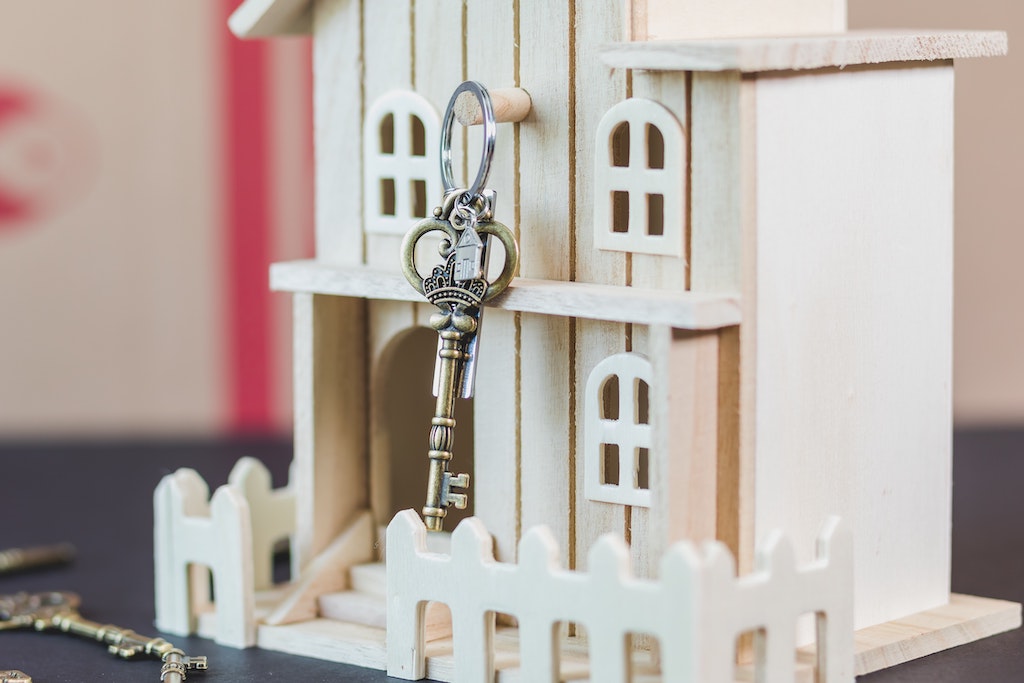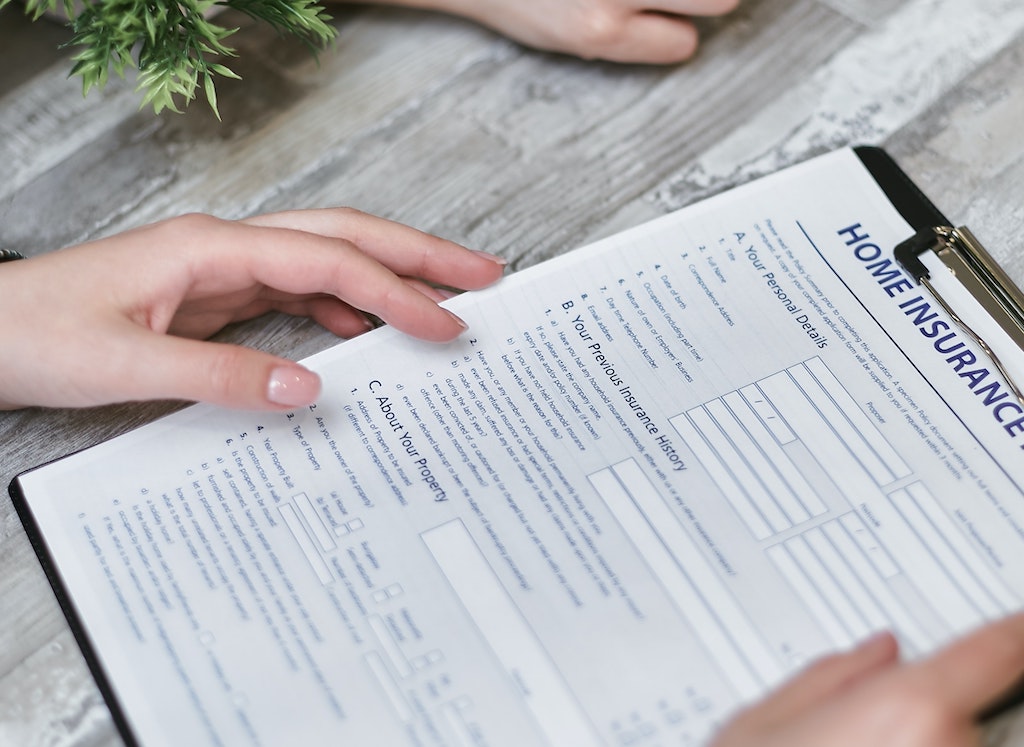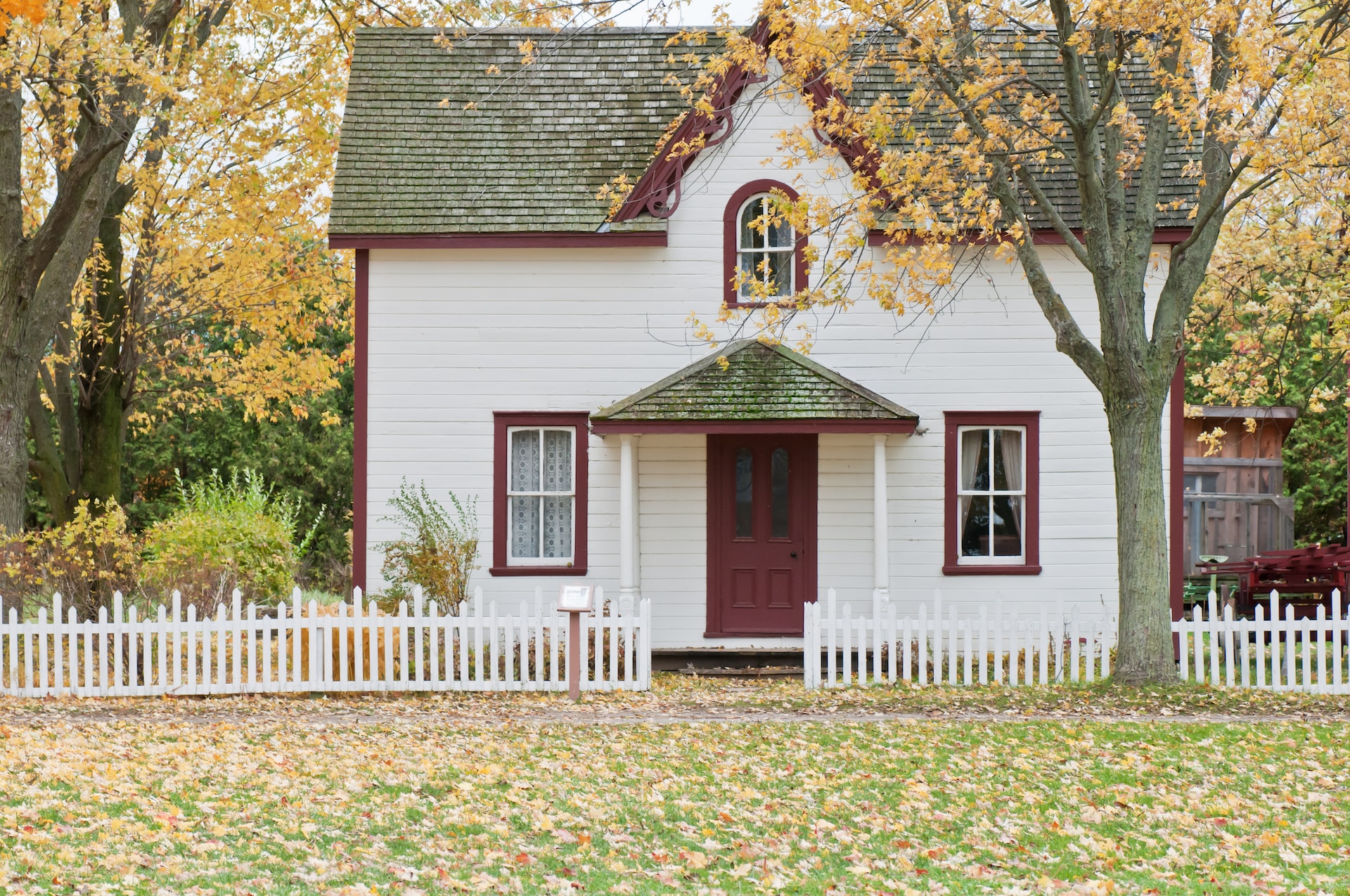A home is a place to live and a significant financial investment. Protecting this investment should be a top priority as a homeowner, and that’s why home insurance is your best bet. Home insurance provides the financial security to safeguard your home against unexpected events and potential losses. This article will explore the importance of home insurance, the concept of a home as an investment, different types of coverage, and the overall significance of protecting your home as an investment.
The concept of home as an investment
The concept of a home as an investment encompasses the potential financial benefits and wealth-building opportunities. By owning a home, you are investing in real estate, which has proven to be a valuable asset over the long term.
The primary advantage of homeownership is the potential for appreciation in property value. Historically, real estate values have generally increased over time, although there may be fluctuations in the short term. This appreciation allows homeowners to build home equity, which is the difference between the market value of the property and the outstanding mortgage balance. As you pay down your mortgage and the value of your home increases, your equity grows.
Unlike renting, where your monthly payments are essentially going towards someone else’s investment, homeownership allows you to accumulate wealth in the form of equity. This equity can serve as a safety net during challenging times or be tapped into for future financial needs. The equity in your home can also be leveraged for various purposes. For example, you can use it to secure a home equity loan or line of credit to fund home renovations or improvements. This not only enhances your living space but can also increase the value of your property further. The equity can finance ventures like starting a business, funding education or investing in additional real estate properties. By leveraging the value of your home, you can tap into the potential wealth it represents and diversify your investment portfolio.
Home insurance: A safety net for your investment
Home insurance is a safety net for your investment, without this safety net, homeowners would bear the full burden of repairing or replacing their homes and belongings in unfortunate circumstances. It safeguards your home against unforeseen events that could cause significant damage or destruction. If a fire, severe weather, or other covered perils, your insurance policy would provide the necessary funds to repair or rebuild your home, ensuring your investment is preserved.
Home insurance also protects your personal belongings. Through personal property coverage, your insurance policy can reimburse you for the loss or damage of your possessions due to covered events such as theft or natural disasters. This ensures that the investment you’ve made in furnishing your home and acquiring valuable items is protected.
Liability coverage provided by home insurance protects you from potential financial and legal consequences if someone gets injured on your property. Accidents happen, and if a visitor slips and falls or suffers an injury while on your premises, you could be held responsible for medical expenses, legal fees, and potential damages. Liability coverage shields your investment by providing financial support in such situations, mitigating the risk of costly lawsuits and protecting your overall financial well-being.
By mitigating the financial risks associated with homeownership, home insurance helps ensure that you can recover and maintain the value of your investment even in the face of adversity. It provides you with the means to rebuild, repair, or replace your home and belongings without depleting your savings or going into significant debt.
Types of coverage: Understanding what’s protected
To fully grasp the protection offered by home insurance for your investment, you must understand the different types of coverage available. A standard home insurance policy typically consists of the following components:
- Dwelling Coverage: This coverage protects the physical structure of your home. It includes the walls, roof, floors, and any attached structures, such as garages or decks. Dwelling coverage ensures that the insurance company will pay for the necessary repairs or reconstruction if your home is damaged or destroyed by a covered event, such as a fire or severe weather.
- Personal Property Coverage: This coverage extends to your personal belongings inside the home, such as furniture, appliances, electronics, clothing, and jewelry. Personal property coverage helps cover the cost of replacement or repair if your possessions are damaged, destroyed, or stolen.
- Liability Coverage: Liability coverage protects homeowners from potential legal and financial consequences if someone gets injured on their property. For example, if a visitor slips and falls and files a lawsuit, liability coverage can help cover legal fees, medical expenses, and potential settlement costs.
- Additional Living Expenses Coverage: If your home becomes uninhabitable due to a covered event, such as a fire, additional living expenses coverage can help cover the cost of temporary accommodation, meals, and other living expenses while your home is being repaired or rebuilt.
Financial impact of uninsured loss
The financial impact of uninsured losses can be staggering. Without insurance, you are left vulnerable to the full financial burden of repairing, rebuilding, or replacing your home and belongings in the event of a loss. This can have far-reaching consequences that extend beyond immediate financial strain.
Consider a scenario where your home has a fire. The costs associated with repairing or rebuilding your home can be exorbitant. Structural damage, electrical rewiring, plumbing repairs, and replacing damaged fixtures and finishes can quickly add up.
Liability risks also pose a significant financial threat. Suppose someone gets injured on your property, and you lack liability coverage. In that case, you may be personally liable for their medical expenses, rehabilitation costs, and even legal fees if they decide to pursue legal action. These expenses can quickly escalate, leading to financial ruin if you cannot cover them. Without liability coverage protection, your assets could be at risk.
Uninsured losses can disrupt your ability to maintain the value of your investment. If you cannot repair or rebuild your home promptly, its condition may deteriorate further, leading to potential depreciation in its value. This can impact your long-term financial plans, such as downsizing, selling, or using the equity in your home for retirement or other purposes.
How to assess your home insurance needs
To ensure your home insurance adequately protects your investment, it’s important to assess your insurance needs regularly. Consider the following factors when evaluating your coverage:
- Home Value: Consider your home’s current market value and replacement cost. Ensure your dwelling coverage is sufficient to cover the cost of rebuilding your home if destroyed.
- Location and Risks: Evaluate the location-specific risks your home may face, such as flood-prone areas or regions prone to earthquakes. Consider additional coverage options to protect against these specific risks.
- Personal Belongings: Review the value of your personal belongings and ensure your personal property coverage is adequate to cover their replacement or repair costs.
- Liability Coverage: Assess your potential liability risks and determine whether your current coverage is enough to protect your financial interests in case of a lawsuit.
By regularly assessing your home insurance needs, you can make informed decisions about coverage limits and additional protection, ensuring your investment is adequately safeguarded.
Your home is a place to live and a significant financial investment. Protecting this investment through home insurance ensures financial security and peace of mind. Home insurance is a safety net, providing financial coverage for unexpected damages, losses, or liability issues. Understanding the different types of coverage, such as dwelling, personal property, and liability, helps you evaluate your needs and choose the appropriate level of protection. The financial impact of uninsured losses can be devastating, underscoring the importance of having adequate home insurance. Remember, your home is more than just four walls—it’s a valuable asset that deserves the protection home insurance provides.




